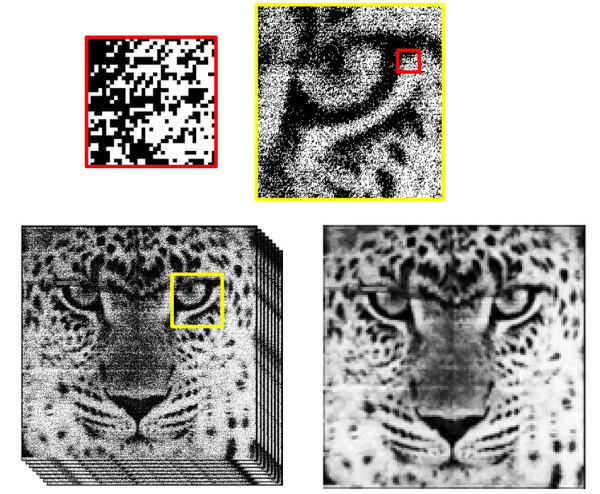Behind the prototype of the Quanta image sensor is much more than just another step into megapixel madness. So what's this about?
Eric Fossum (an engineer and physicist who is also considered the inventor of the CMOS image sensor) and Thayer PhD student Jiaju Ma Pixel have developed a new sensor technology called Quanta Image Sensor (QIS). Compared to current CMOS sensors, the light-sensitive cells are much smaller and designed to capture only one photon at a time. Instead of pixels, photo sites or senses, these micro-cells are called "jots"in the Quanta Image Sensor.
Since these jots only know binary states (zero or one photon), the state of a jot can and must be read out much more often than with a typical CMOS sensor. Scan rates of "thousands of fps" should be typical for Quanta image sensors. For  quantum yield/quantum efficiency, binary capture also assumes a value close to 100 percent. Probably that's where the name "Quanta" comes from.
quantum yield/quantum efficiency, binary capture also assumes a value close to 100 percent. Probably that's where the name "Quanta" comes from.

In the future, power consumption and temperature will also be used in "normal" consumer electronics, whereby the currently existing prototype is "only" a megapixel sensor.
Thus, the Quanta Image Sensor could ring in a new form of moving image acquisition. Brightness values are then measured as the number of photons measured over time. This allows a much more flexible handling of frame rates and resolutions. It remains to be seen whether color filters in front of jots are conceivable or even make sense at all. And both RAW data acquisition and interpretation into a visible image will of course become much more complex than before.
As soon as the first QIS is ready for the market, our popular forum topic ("Scales  4K/8 Bit to 2K/10Bit down?") from a new page. With the new technology, everything will naturally revolve around dithering and oversampling. And it will probably also show that a 100K 1 bit signal can be scaled down to 4K/8K with 8/10 bit. In any case, we are very excited about where the Quanta Image Sensor will take us.
4K/8 Bit to 2K/10Bit down?") from a new page. With the new technology, everything will naturally revolve around dithering and oversampling. And it will probably also show that a 100K 1 bit signal can be scaled down to 4K/8K with 8/10 bit. In any case, we are very excited about where the Quanta Image Sensor will take us.

